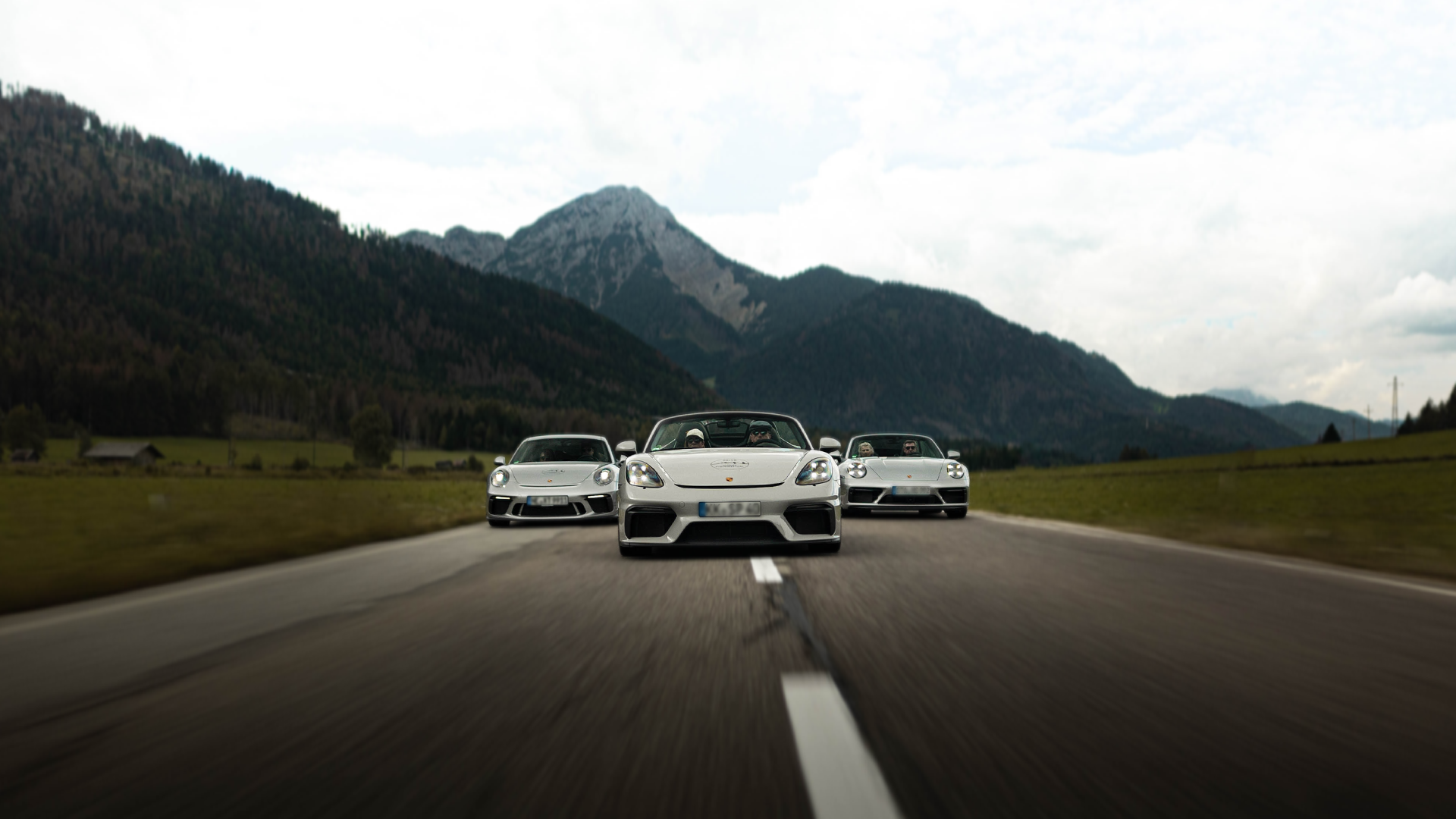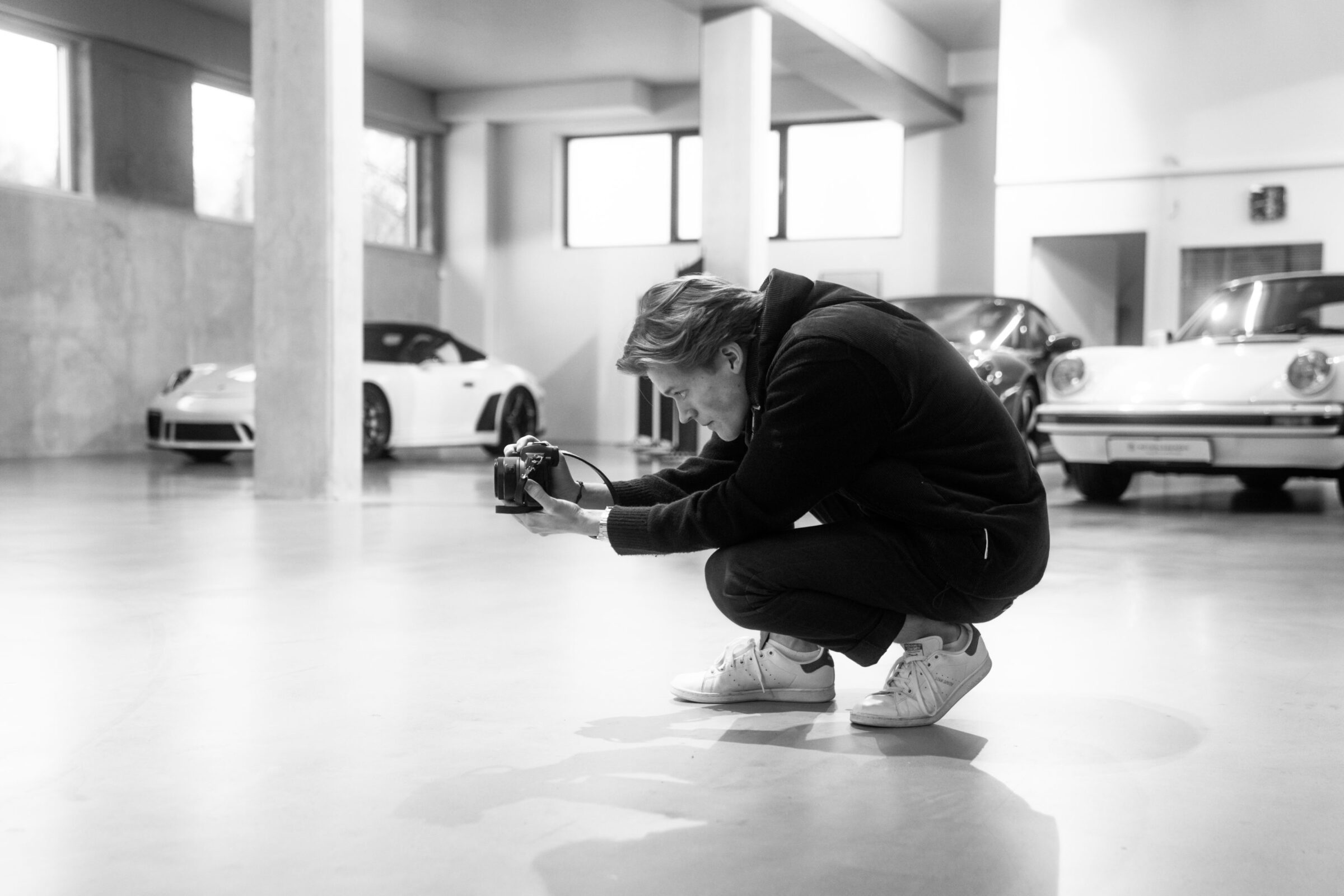Scarabée d’Or replica
Imagine you should drive a car through the Sahara desert. Once completely through it. And not today, in 2022, but 100 years ago in 1922. A little hint: No one before you has ever successfully completed this adventure. The hardships and complications that lay ahead of the travel group back then can hardly be imagined today. However, you can see some of them if you take a look at the Citroën B2 10 HP K1. Three copies of this mixed vehicle with wheels in the front and chain drive in the rear served as a mobile base at that time. The reason for this marathon drive was the attempt to find a route from Algeria to French West Africa. In the end, the whole undertaking lasted from December 17, 1922 to January 7, 1923, covering some 3,200 kilometers. Originally, the tour was planned only in one direction. However, due to the successful outward journey, the team proposed to return along the same route.
By car through the Sahara
Citroën was known at the time for innovative vehicles and adventurous ventures. As a result, similar half-track cars were subsequently made available for other long-distance journeys. There is one more anecdote worth mentioning about the first drive through the Sahara. Flossie, a little white dog, sat on the extra seat in the back of the leading car. He died on the long tour, but is in a way still known today. It served as inspiration for Milou, the dog of the comic hero Tintin. All three vehicles were given their own names, which were used in the press. In this way, readers could identify with the teams and cheer for their favorites. Commander Georges-Marie Haardt sat in the “Scarabée d’Or”, the golden scarab. The original vehicles are now in museums and collections, but all but one are no longer driveable. Now there is a replica that makes the technology of that time comprehensible.




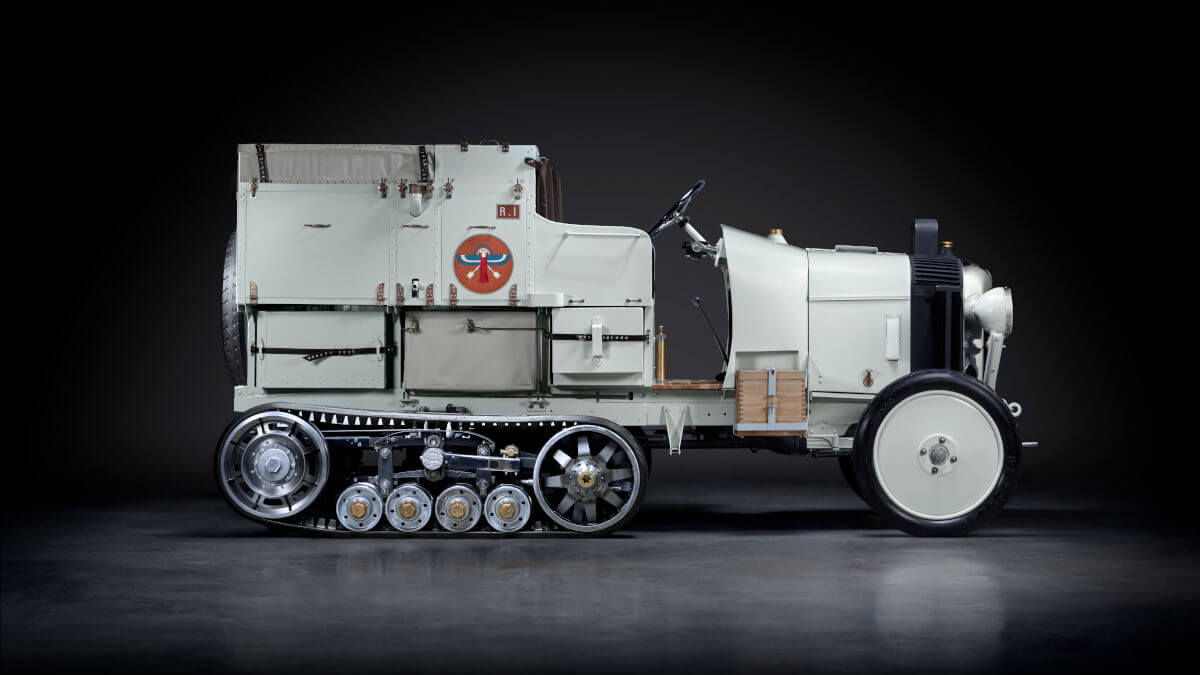







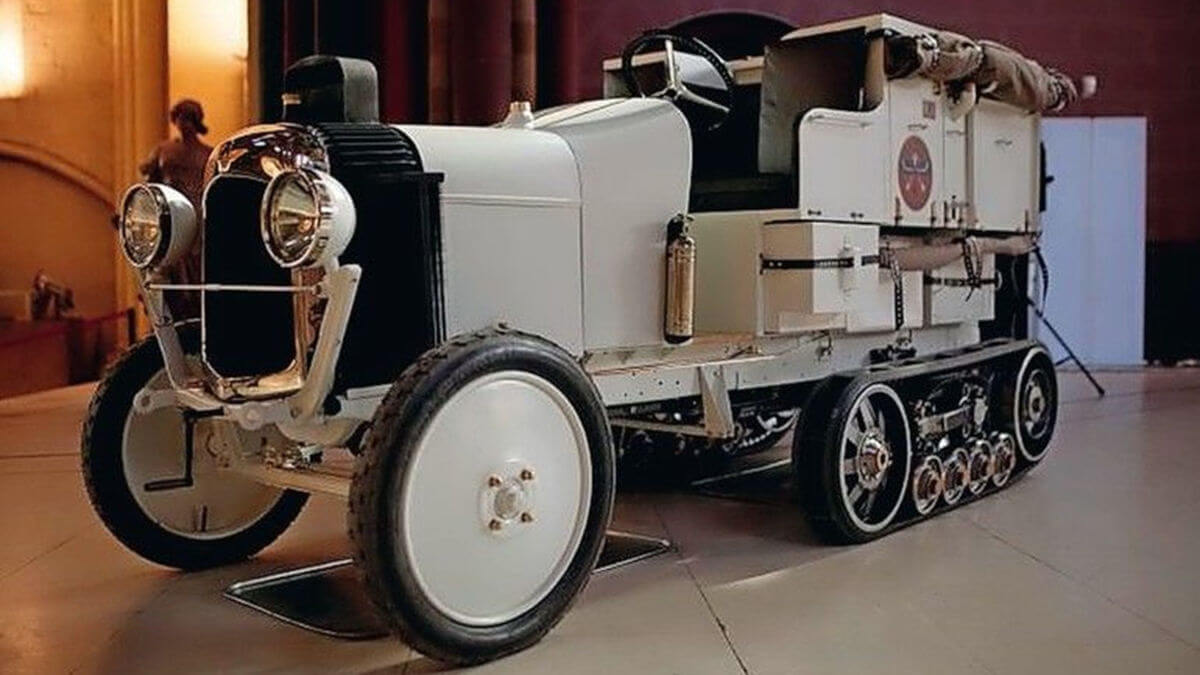















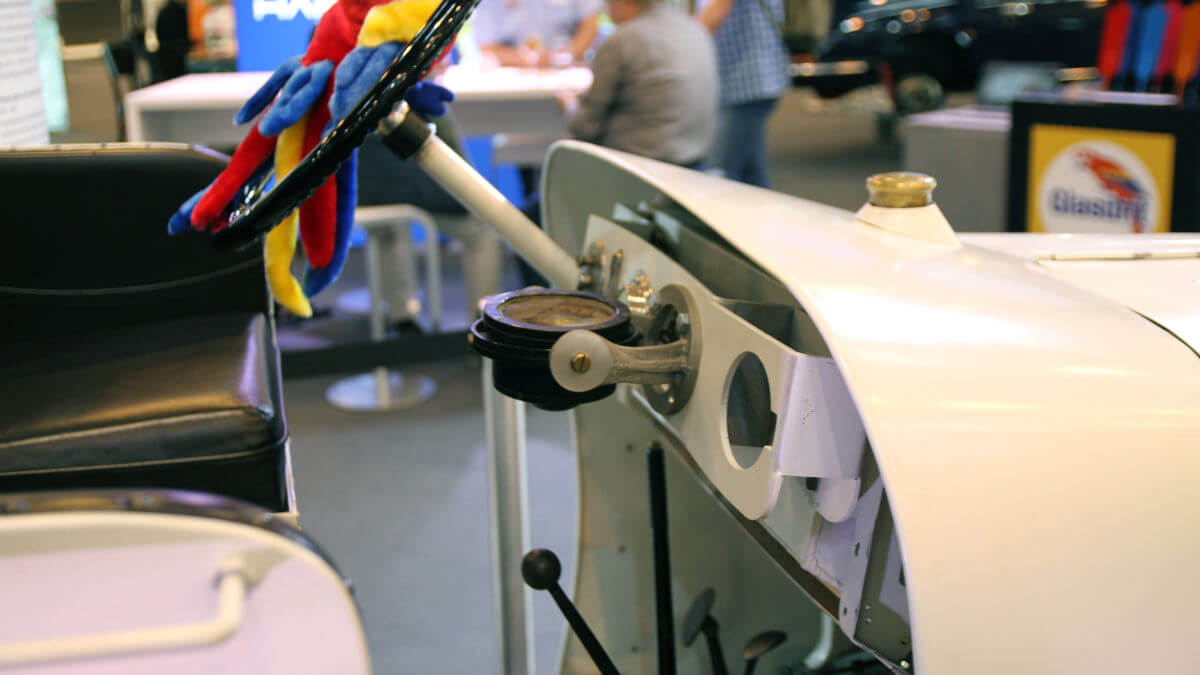



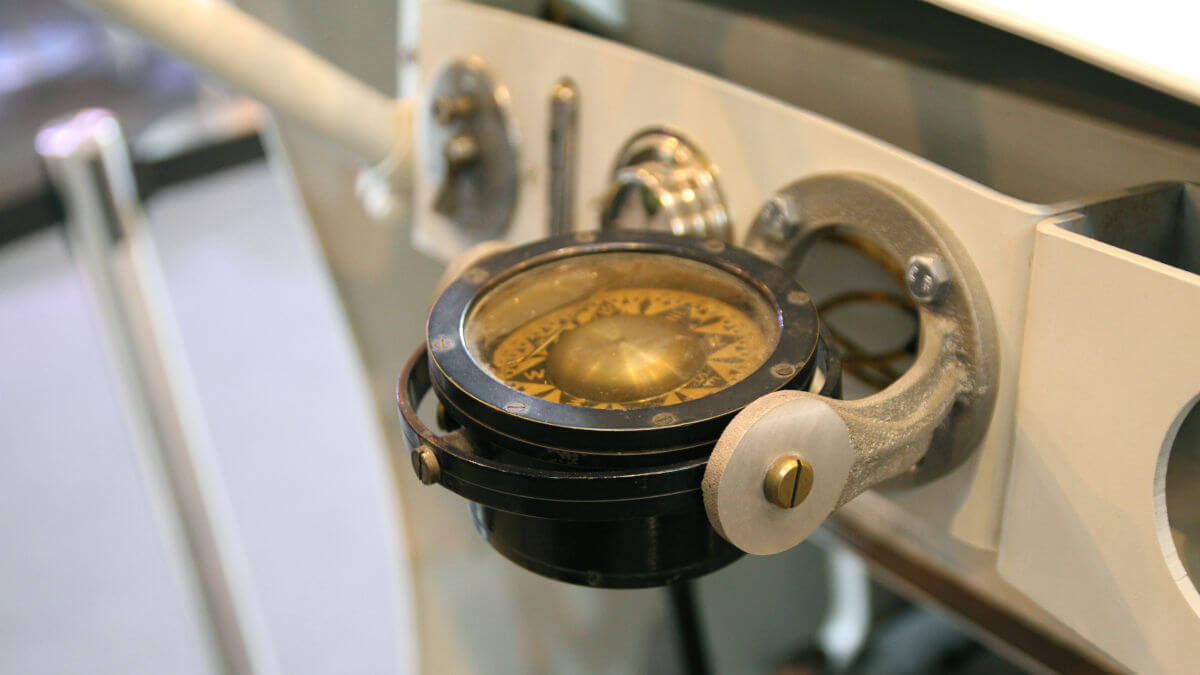























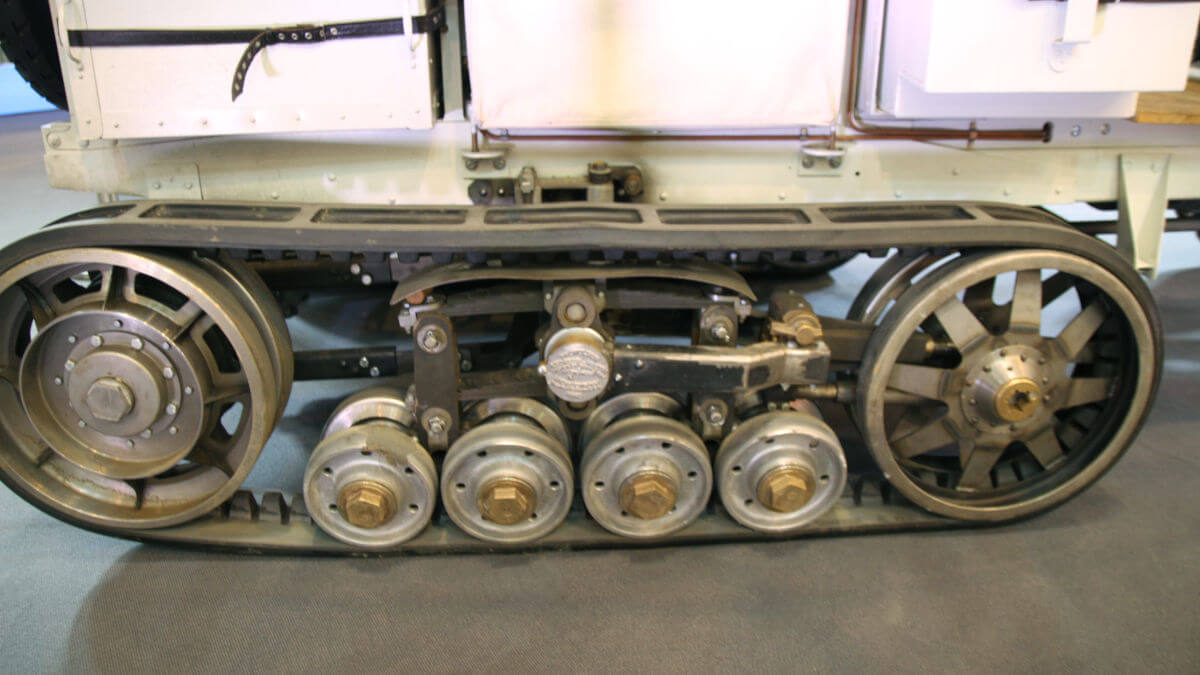



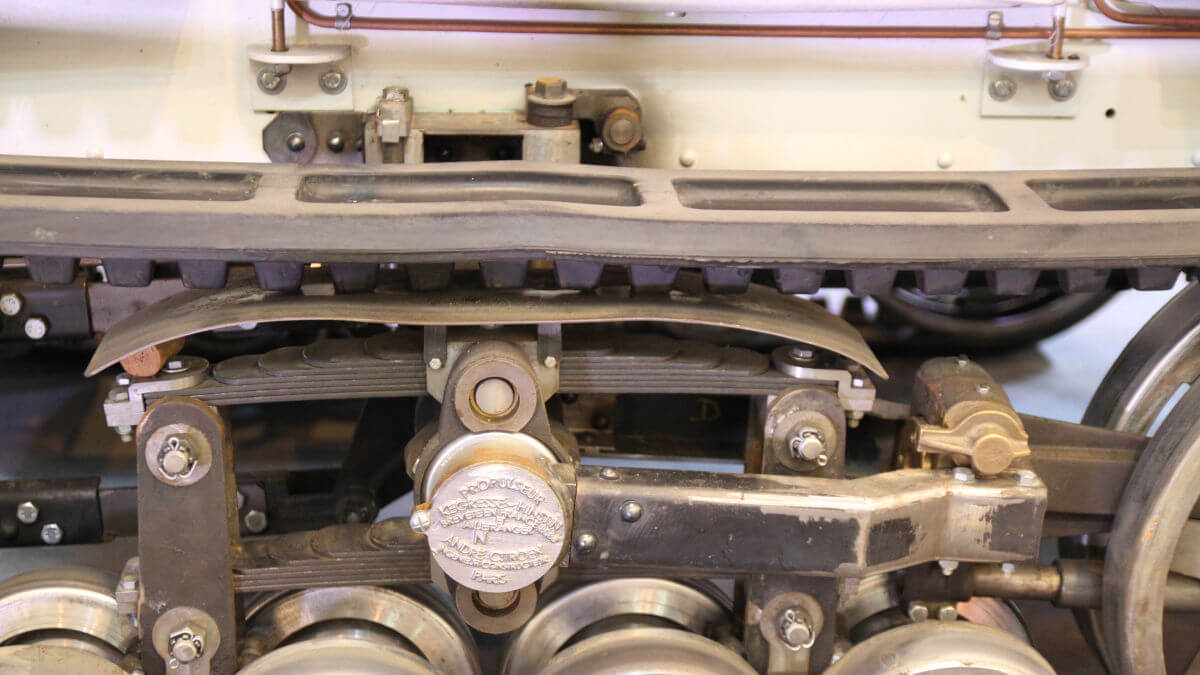



Three-year replica project
The French non-profit association Des Voitures & des Hommes (translates as “Cars and People”) has set itself the goal of getting young people excited about old technology and automobiles. By chance, association president Olivier Masi received a chassis of an identical Citroën B2 from a French car collector. This gave rise to the idea of rebuilding a roadworthy example of the Scarabée d’Or. To this end, he first contacted the renowned engineering school Arts et Métiers et du lycée professionnel des métiers de l’automobile Chateau d’Epluches. Together with the teachers there, a basic plan was developed to involve as many students and trades as possible. At the same time, the association sought support from companies that could produce original spare parts or contribute original historical parts to the project. Over a period of three years, from 2016 to 2019, the new Scarabée d’Or was gradually created.




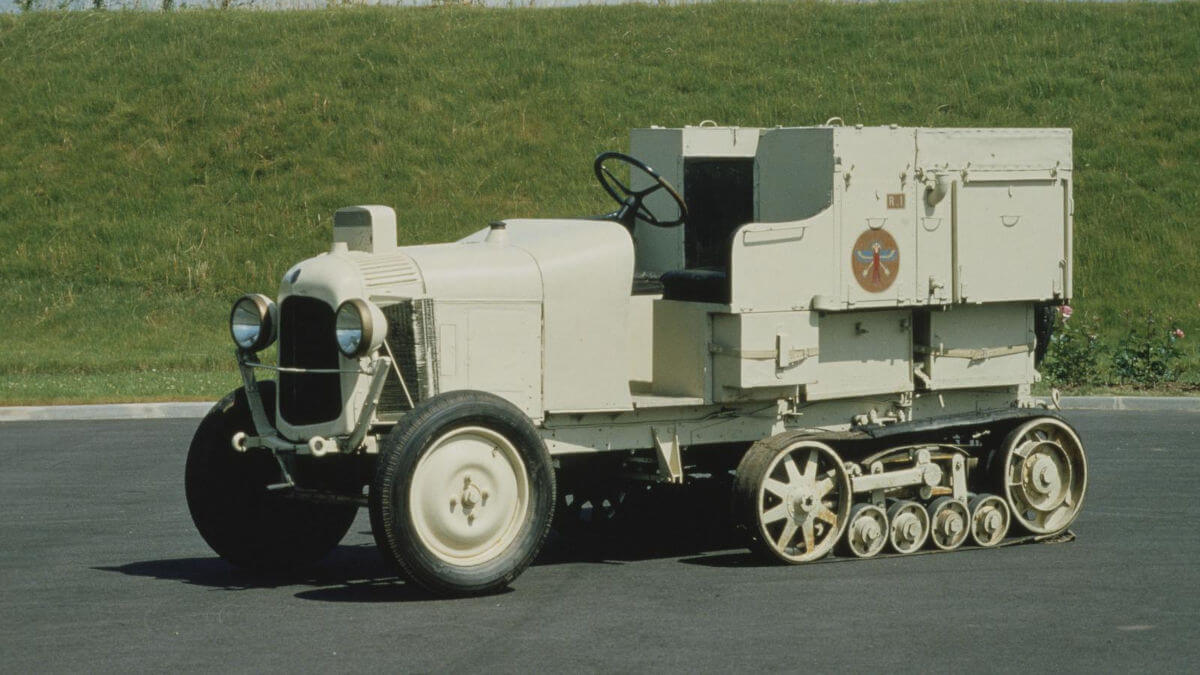







Color analysis with Glasurit
A total of 160 students and pupils as well as 50 teachers and supervisors were involved in the project. At eleven different production sites, the body, cockpit and chassis were created according to historical drawings and models. For this purpose, measurements were taken from the original from the Citroën factory collection. In cooperation with Glasurit the paint of the body was recreated true to the original. In fact, remnants of the original paint were found under a seat of the original vehicle, which had been repainted several times. This was scanned in and led to the creation of the new color “Blanc Sahara” in the Glasurit database. Together with the art school l’Ecole d’Art Mural de Versailles, it was possible to recreate the exact painting process and the antique look of the unique scarab logo on the sides of the vehicle. Many of the students involved now work in the automotive industry – on both modern and classic vehicles.
Images: Des Voitures & des Hommes, Glasurit, Citroën, Matthias Kierse


